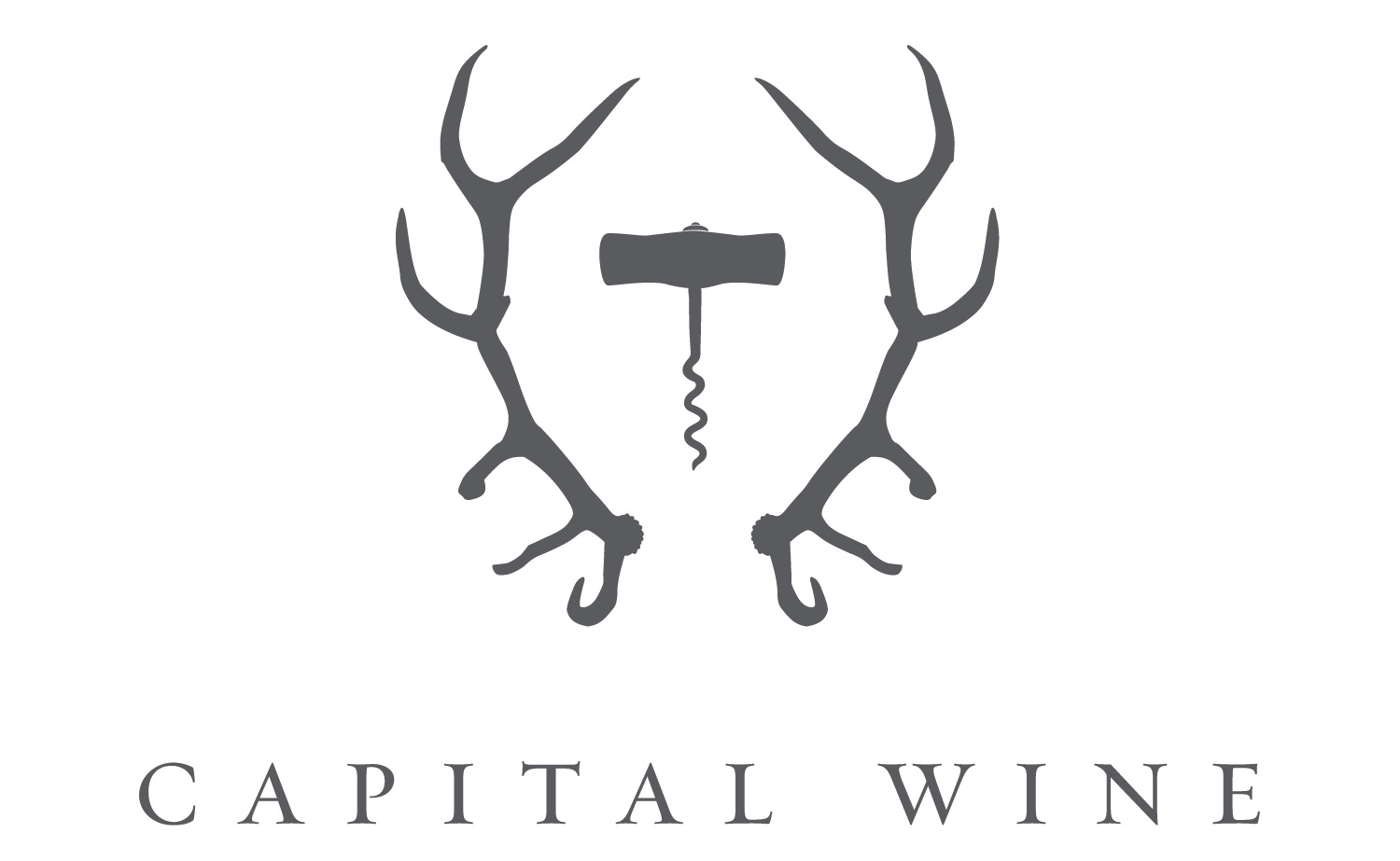Wine Context: To Parker and Back Again
There has been talk of a backlash against Robert Parker's palate for quite a while now, and it seems to be slowly making its way into the mainstream. The famous wine critic began developing a taste for very big and jammy, over-ripe wines in the 1990s, scoring them in the high 90s, while many outstanding traditional wines of more elegant complexity that had once been the age-worthy wines of choice waned and struggled to break the 90 point barrier. A December 2000 in-depth article on Parker in The Atlantic called him the most influential critic in the world, in any field. His influence was so great that his high scoring wines rose to super-stardom, while low scoring wines wouldn't sell at all. As a result many wineries started making wines tailored to Parker's palate, letting their grapes hang on the vine for weeks or months longer, concentrating the sugars to create massive fruitbombs in order to gain higher ratings in hopes of selling more wine. This came to be known as the "Parker Effect", or the Parkerization of wine, and is now mostly referred to in pejorative terms. Parker's former assistant Elin McCoy wrote an excellent piece for The World
of Fine Wine in 2010 titled
Twilight of the Emperor: The Waning Power of Robert Parker which outlined many of the nuanced effects of
Parker's power explaining the backlash and his declining influence.
Napa Valley's Screaming Eagle, the picture of Robert Parker's influence.
A major problem with the style of winemaking that the Parkerization brought about is that it masks terroir. When you harvest over-ripe grapes that create super jammy wines with high alcohol, both jam and booze become the main profile of the wine, hiding the earthy complexities or minerality that may be inherent in the vineyard site. These wines then often need to be aged in lots of new oak to add different flavours and nuances, but are distinctively barrel notes, not terroir notes. As immediately appealing as these rich, mouth-filling wines can often be, they inherently lack complexity and nuances that make fine wine interesting. As championed by Robert Parker, for a while this style came to be what people wanted: a new breed of high-octane wines that over-delivered a big flavour profile unlike anything before. But most of these wines all started to taste the same. Cabernet Sauvignons from California became nearly indistinguishable from Australian Cabs, big Argentinean Malbecs or Super Tuscans. This result of the Parker Effect created a homogenization in wine globally. When so many big wines from all different parts of the world essentially taste like boozy jam it defeats the regionally nuanced purpose of terroir that makes wine interesting.
It's funny how context changes in wine just like music, fashion or anything else with aesthetic value. I was writing my Master's thesis on this topic of wine sociology a few years ago and got to thinking about this again while reading a few recent articles. Jay McInerney author and wine columnist for The Wall Street Journal did a piece on Jim Clendenin of Au Bon Climat winery in Santa Barbara, California. He presents an interesting retrospective on how during the 1980s Parker loved Jim's wines and their Burgundian, minerally, understated, complex style, but come the mid 90s that changed:
"In 1989, Parker named my Sanford and Benedict Vineyard Chardonnay the best in California. In 1996, the numbers on that wine were exactly the same as in '89—same winemaking, same acid and pH level, same alcohol—and he said it was pinched and lean. The wine was the same but the context had changed." -Jim Clendenin via WSJ
This snippit is a great case study in how contextual the perception of wine quality is, as we see this same story everywhere. Its why so many wineries changed their styles of winemaking. Luckily people like Jim stayed true to their craft and continued making traditional wines and now they're coming back into vogue. In the same article Steve Kistler, of Sonoma's infamous Kistler Winery refers to his own former big winemaking style as "blowzy and overblown", signalling a sure change in tide. Likely tired of homogenous jammy wines, many sommeliers are again looking for the lower alcohol, terroir driven wines that aren't heavily doused in oak and represent the terroir of a place, not the style of one man's palate.
A little closer to home we see the same return happening in the rising popularity of wineries like Tawse, Thomas Bachelder and Norman Hardie who all have a very traditional French inspiration. Tawse Winery owner Moray Tawse actually produces several labels from Burgundy in partnership with Pascal Marchand and makes very similar wines at home in Niagara. Several of which were perceived to be the Burgundian wines in a mixed blind lineup of French and Niagara Chardonnays by The Burghound, Allan Meadows. Similarly Thomas Bachelder, the famous winemaker from Le Clos Jordanne, is now doing his own pan-continental Chardonnay project between Burgundy, Niagara and Oregon--which I wrote about in an earlier post. And recently Zoltan Szabo published an article on Stormin Norman Hardie in Good Food Revolution in praise of his understated, extremely elegant wines which are low in alcohol, but still very ripe and high in flavour. A testament to legit old-world winemaking that is making these guys superstars amongst sommeliers and restauranteurs.
All of this coupled with the recent news that Robert Parker sold his controlling shares of The Wine Advocate to Singapore investors and abdicated his role as Editor-in-Cheif to Lisa Perrotti-Brown, I think its safe to say the end of over-blown high-octane wines dominating the wine market is on its way.


